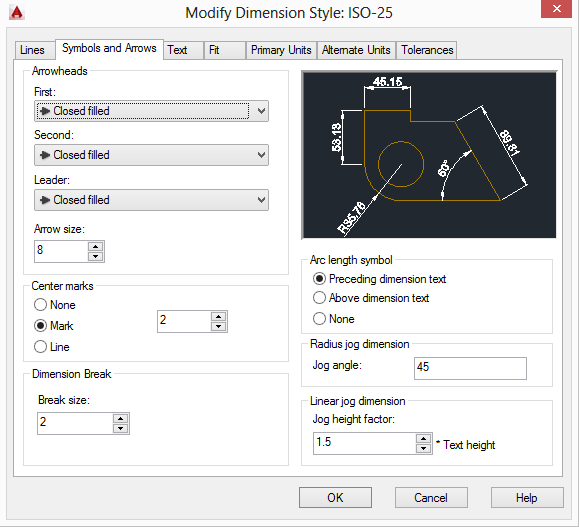


#AUTOCAD ANNOTATION EDIT SOFTWARE#
If you have a vision bring it to life with 2020 Design Live, the leading kitchen & bath design software on the market. The interface and commands are designed in a manner that are familiar and easy for migration from any CAD Software.ĭesign the perfect kitchen & bathroom. It also supports other file formats like. We also offer value added products for specific applications based on ActCAD:ĪctCAD uses the latest IntelliCAD 10.1a Engine, Open Design Alliance, dwg/dxf Libraries, ACIS 3D Modeling Kernel, and many other Technologies which ensures file support right from the early R2.5 to the latest 2022 Version of dwg/dxf. ActCAD Prime for 2D Drafting, 3D Modeling and BIM (Building Information Modeling) functionalityĪctCAD can be used for applications across domains Architecture, Engineering, Construction (AEC) including Structural, Electrical and Mechanical. ActCAD Standard for 2D Drafting Power Users Will definetily post it whenever I find the way.Īnnotative Scale applies to other AutoCAD objects such as Blocks, I will deal with that in a different post soon.ActCAD is a 2D & 3D CAD software with functionality of the industry leaders. I am still trying to figure out how can I in AutoCAD Architecture, do the same for Space Tags. The 1:200 text is aligned in one direction, while the 1:100 text (the smaller one) is aligned according to the enlarged plan orientation.

If alternatively, you select the text, and on the properties tab you enter a new rotation, the new orientation will apply only to the current Annotative Scale. If you rotate the Text using the ROTATE command, it will rotate all its Annotative instances. This is very useful, because you might have an overall plan aligned to the World UCS (or North on top, or whatever) and then enlarged plans aligned according to the portion of the building/project you are focusing on. One more thing you can do is set different orientation for each annotative scale. Then, you can simply select those objects you want to add new annotative scales too, right click -> Add Current Scale. Alternatively, set the annotation Scale of the drawing by selecting it on the lower right side of the screen. In general, it is not recommended to have the ANNOAUTOSCALE set to automatically add annotation scales to all the objects, since that would increase the file size quite a lot. There is a system variable, ANNOAUTOSCALE, that controls if new annotation Scales are added automatically or not, it has a lot of values, from -4 to 4, so see here what each value does. Change it to YES to turn the Text into an Annotative one. If you select the text and go to the properties Tab, there is a property called "Annotative". Annotation Scale will help you solve this.

The problem is that if you just blow it up, the notes will be twice the size that shows "properly" when printed. But you might want to use the same drawing to show an enlarged plan of certain portion of the project. The notes you have will be the right size to be printed at 1:200. Imagine a floor plan of a project shown at 1:200 scale with a lot of descriptive notes. What this property allows us is to show the objects differently according to the Active Annotation Scale. Since AutoCAD 2008, there is a property for several entities called Annotative Scale. Annotative Scale Texts are an awesome way to speed the annotation process when a drawing needs to be shown in different Scales.


 0 kommentar(er)
0 kommentar(er)
